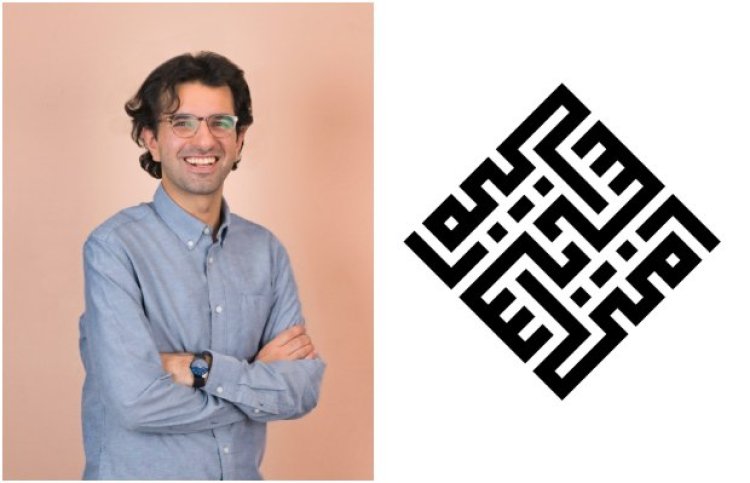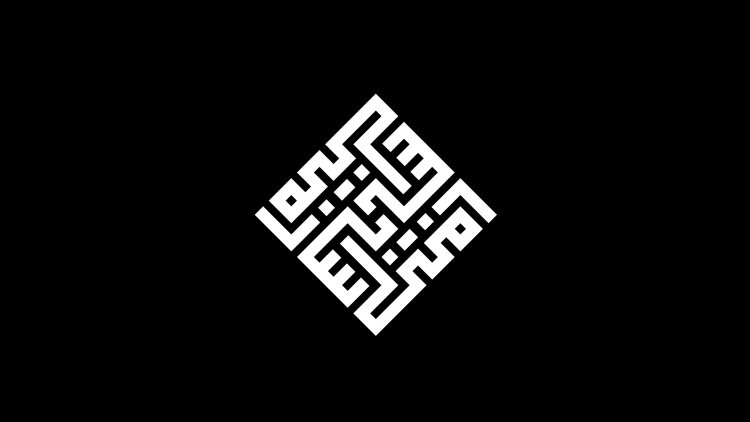The Struggle to Preserve the Urdu Writing System in the Digital Age
Zeerak Ahmad worked on the challenge for five years, and in the last year, he released the Matnsaz iOS app.

Zeerak Ahmed has worked for some of the biggest tech companies in the world for many years while residing in the United States. But one thing that has really irritated him is the way that "computers treat non-Latin languages as second class residents." One such language is Urdu, his mother tongue and the lingua franca of Pakistan, which is widely spoken throughout India. Ahmed, a native of Lahore, has discussed the challenges of trying to use the current Urdu keyboards or learn Urdu sorting on numerous occasions with his family and friends. And in the lack of a better alternative, he has seen a great deal of younger people instead turning to English or so-called Roman Urdu, using the Latin character to create a phonetic transcription.

He arrived at his own determination while pursuing his master's degree in engineering design at Harvard College. He worked on the challenge for five years, and in the last year, he released the Matnsaz iOS app. The program provides users with an even more sophisticated Urdu keyboard, grouping letters according to form, autocorrecting, and even proposing words after it. It's a significant improvement over the standard Urdu keyboards available on common devices.
Urdu has lagged behind in the digital age despite being the tenth most widely spoken language in the world, according to reference journal Ethnologue, for a variety of reasons. According to Ahmed, a lot of Pakistanis who are not in the IT industry believe that Urdu writing is incompatible with computers. He contends, however, that this is more a problem with computing than language. There's an attempt to change the story.
The Matnsaz app is a part of a larger project by the same name that aims to create online tools for Urdu developers and consumers. Ahmed's current projects include the open-source Urdu textual content corpus Makhzan and the string processing library Naqqash for Arabic script.
It has taken a very long time for Urdu digitalization to reach this current stage of development, where keyboards and major typefaces are now available, and there may still be more work to be done.
There is hope that the motivation will prove to be easier to build upon given the rapid progress made in the last few years in the digitization of Urdu and the emergence of valuable resources. And now that AI language styles are in the spotlight, tech behemoths like Google might help fuel that movement.


 khushboo_ghori
khushboo_ghori 





